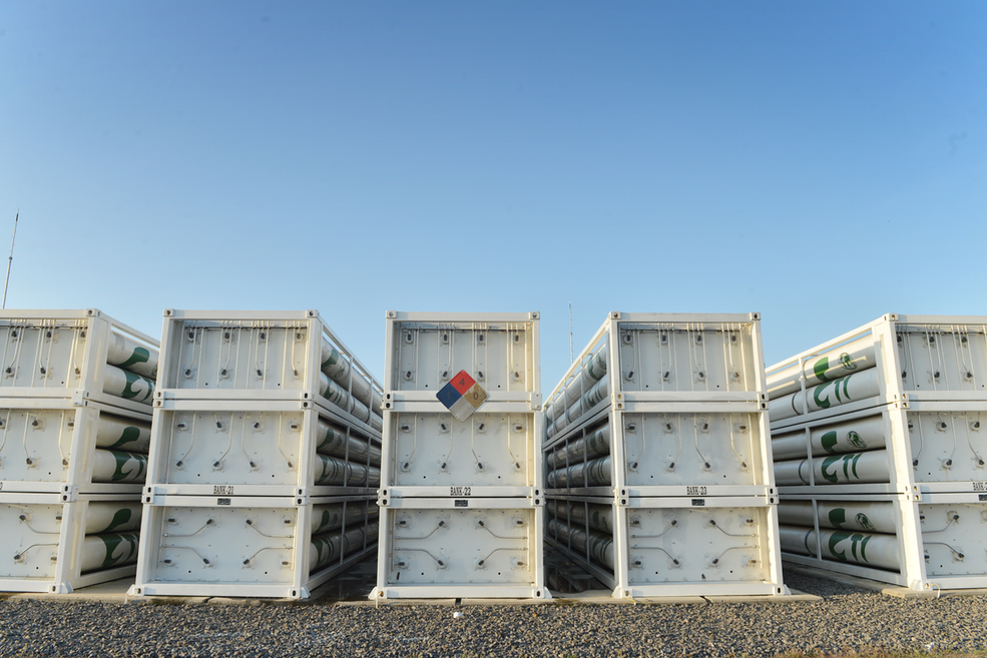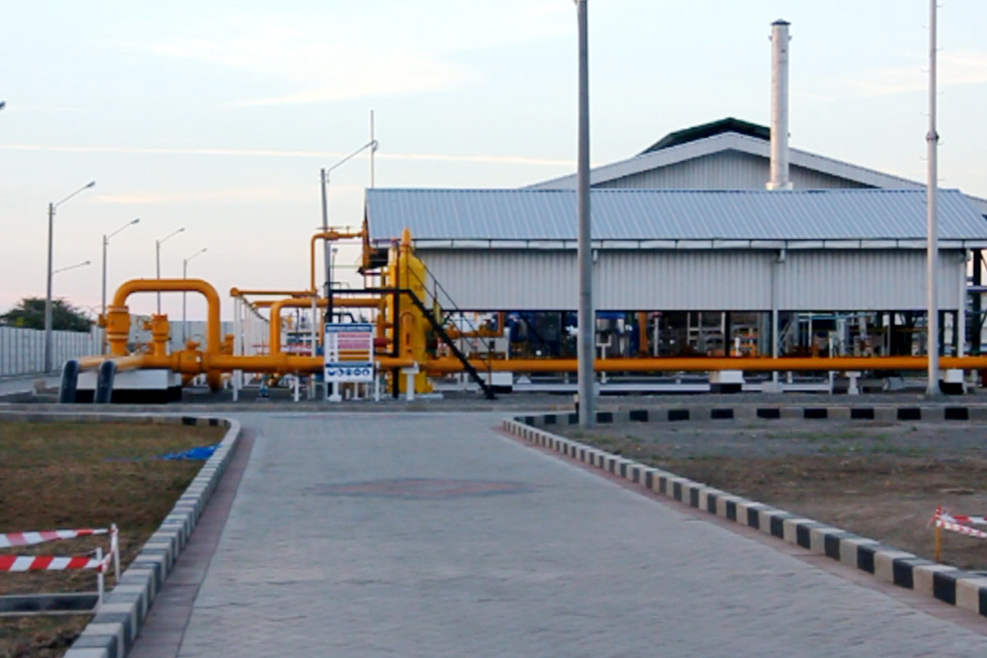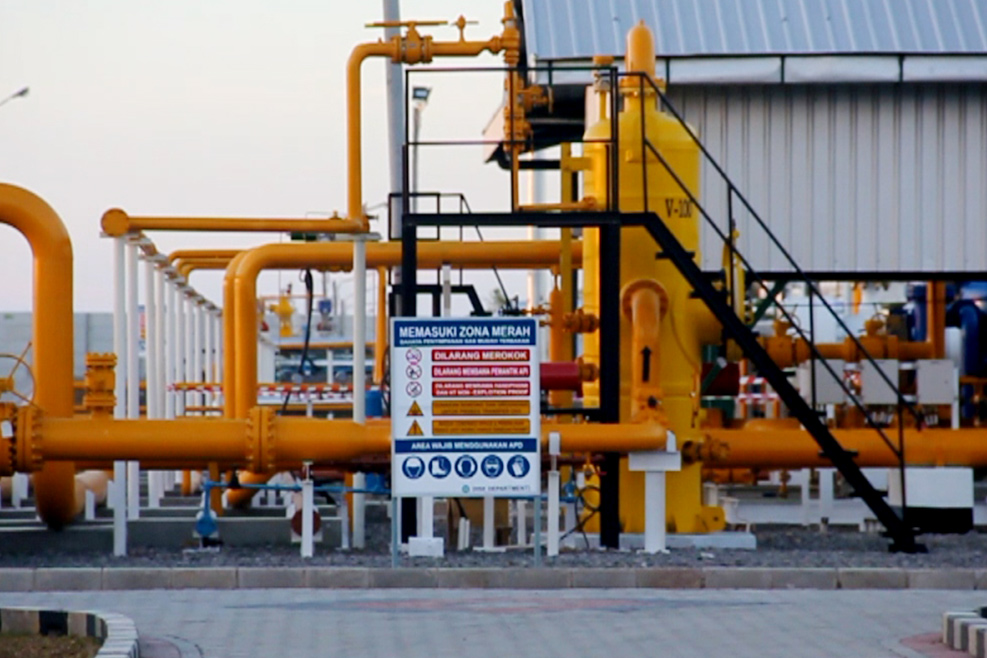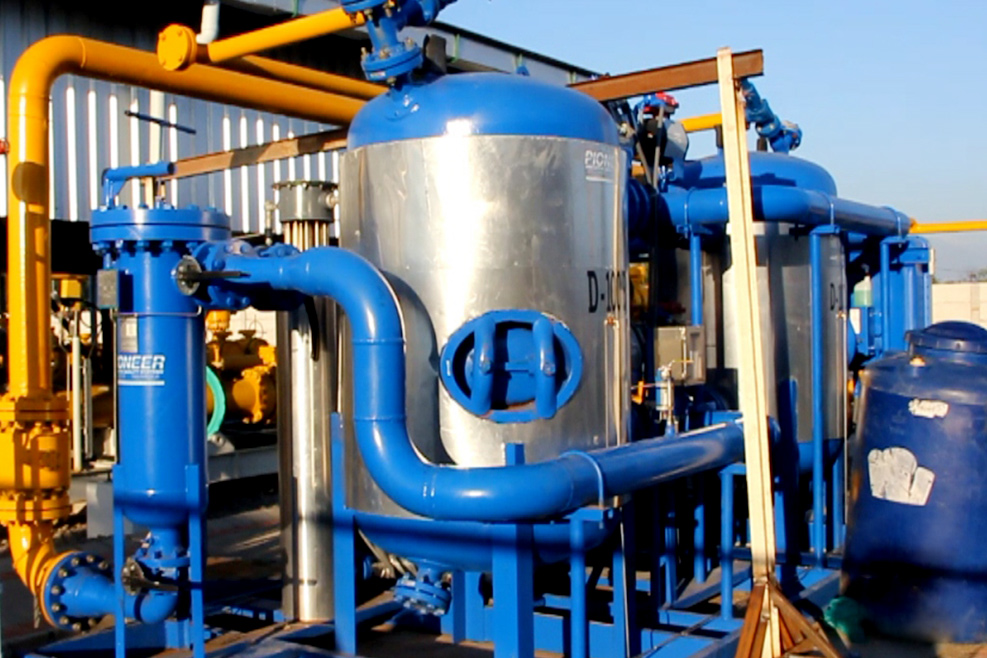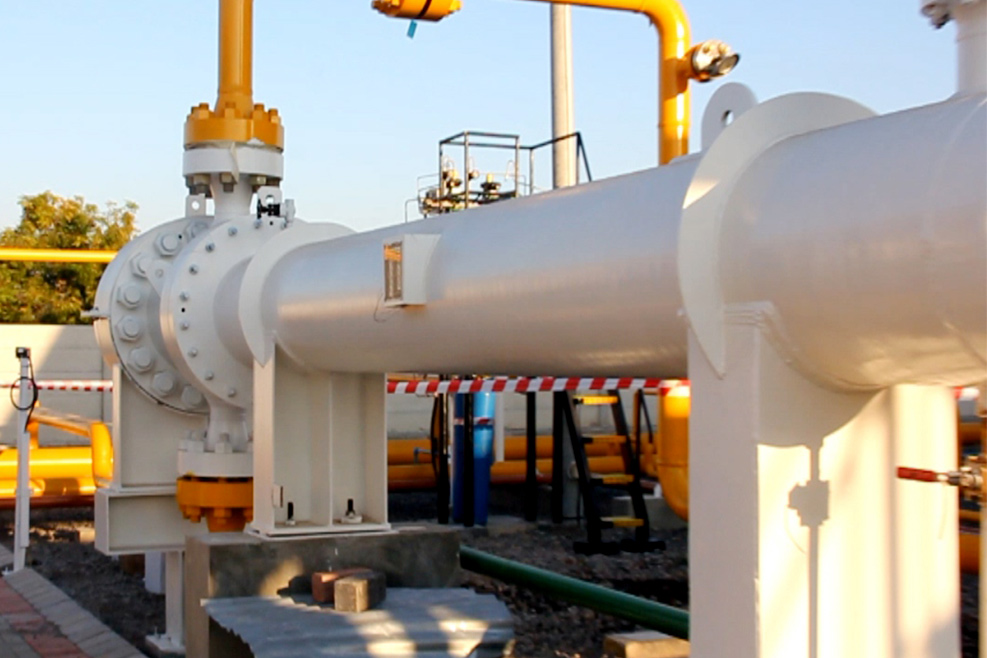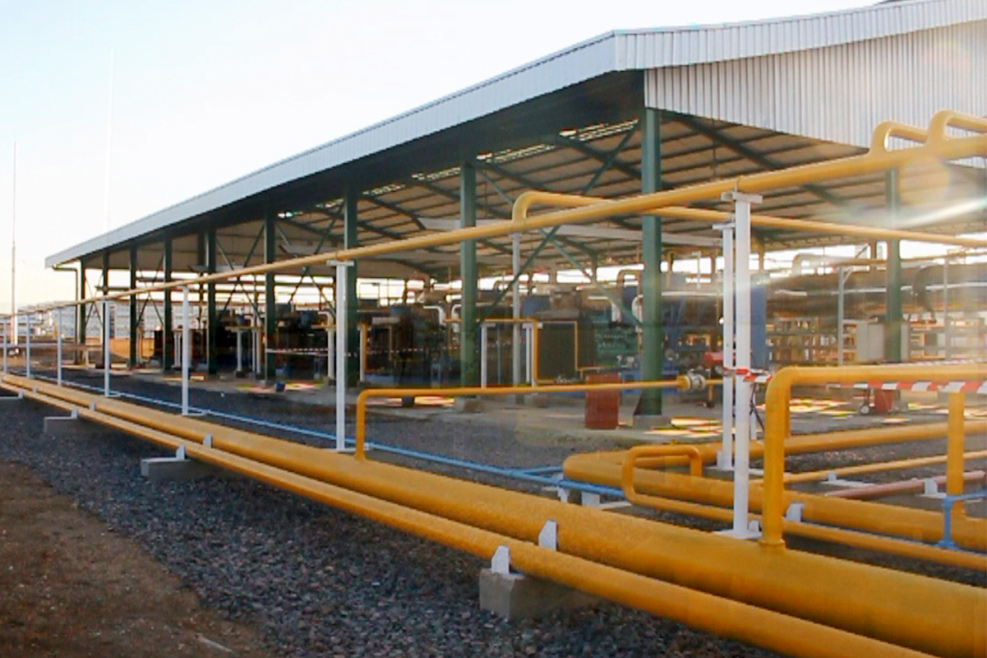CNG is Safe Energy
x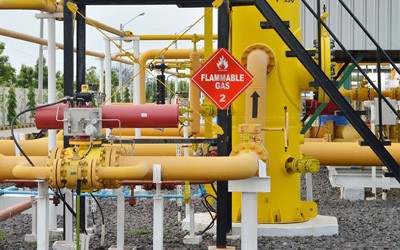
CNG is Safe Energy
IS CNG (COMPRESSED NATURAL GAS) SAFE? The answer to this is, unequivocally, yes CNG is a safe form of energy. However, there are many myths out there regarding the dangers of CNG and we would like to discuss those here.
Any fuel, including those used in motor vehicles, can be dangerous if handled improperly. Fuels contain energy, which is released when the fuel is ignited. Gasoline is a potentially dangerous fuel, but, by understanding how to handle it, we have learned to use it safely. The same is true of natural gas. Natural gas safely generates our electricity, heats our homes, and cooks our meals. But, like gasoline, natural gas must be understood and respected in order to be used safely. As with all vehicle fuels, natural gas can be used safely if the unique properties of the fuel are understood and common sense procedures are followed.
In fact, natural gas itself has safety advantages compared to gasoline and diesel: it is non-toxic, non-corrosive, and has no potential for ground or water contamination in the event of a fuel release. Natural gas is less combustible than most other fuels, and has few associated health risks. CNG is stored under high pressure; however, the range of flammability and combustion is much more narrow with CNG, making it safer than gasoline. CNG will not burn at concentrations below 5% or above about 15% when mixed with air. The flashpoint for gasoline is 250 degrees Fahrenheit, whereas the flashpoint for natural gas is 1100 degrees Fahrenheit, making the risk of a vehicular fire in an accident much lower. Further, natural gas is lighter than air and will dissipate if leaked whereas gasoline will sink and puddle, causing damage to environment. Dedicated NGVs produce little or no evaporative emissions during fueling and use. An odorant is added to provide a distinctive and intentionally disagreeable smell that is easy to recognize. The odor is detectable at one-fifth of the gas’ lower flammability limit.
In gasoline vehicles, evaporative and fueling emissions account for at least 50% of a vehicle’s total hydrocarbon emissions. Exposure to the levels of suspended fine particulate matter found in many U.S. cities has been shown to increase the risk of respiratory illness and other health problems. Much of the particulate matter in urban areas is due to transportation emissions. However, burning natural gas results in lower emissions of sulfur dioxide, particulate matter, and 20% less carbon dioxide than gasoline or diesel. It is one of the cleanest burning fuels available today.
Safety of CNG vehicles is on par or higher than with gasoline. The pressurized tank is built to withstand severe impact, temperature and environment exposure. CNG storage tanks also have an automatic relieve valve. When the pressure or temperature is excessive this valve will open and release the gas into the atmosphere to reduce the pressure. Although the use of high storage pressures might appear dangerous, compression, storage and fueling of natural gas vehicles meet stringent industry and government safety standards. Remember that high-pressure gases are used safely every day in industrial and medical applications.
Natural gas powered vehicles are designed and built to be safe both in normal operation and in accidents. New OEM natural gas vehicles are subjected to the same federal government crash tests as other vehicles. OEM natural gas vehicle fuel systems must meet Federal Motor Vehicle Safety Standards 303 and 304. Natural gas cylinders are much thicker and stronger than gasoline or diesel tanks. Cylinders are designed not to rupture when fully fueled over six times a day, 365 days a year, far beyond what they will see in service. They are designed for a specific lifetime from 15 up to 25 years and are required to be inspected every 3 years or 36,000 miles.Industry standards test them far beyond normal environmental and service damage risks. Cylinders must even withstand a bonfire test, crash tests, and penetration by a 30-caliber bullet without rupture! Please see the links on the left side of our page to see these tests in action.
How do natural gas vehicles behave in crashes? The strength of the natural gas cylinders and fuel system generally avoids any leakage or fire.
For example an accident involving a CNG-powered pickup proved to be a testimonial to the safety of CNG tanks, rather than a tragedy. As reported in the May 1995 edition ofAutomotive Fleet: When a 1992 CNG pick-up was broadsided in Midland, Texas, the most vulnerable part of the fueling system bore the brunt of the hit. While the force drove an imprint of the tank safety valve into the side of the truck, the CNG tanks did not rupture, and driver Jimmy Oden walked away.

